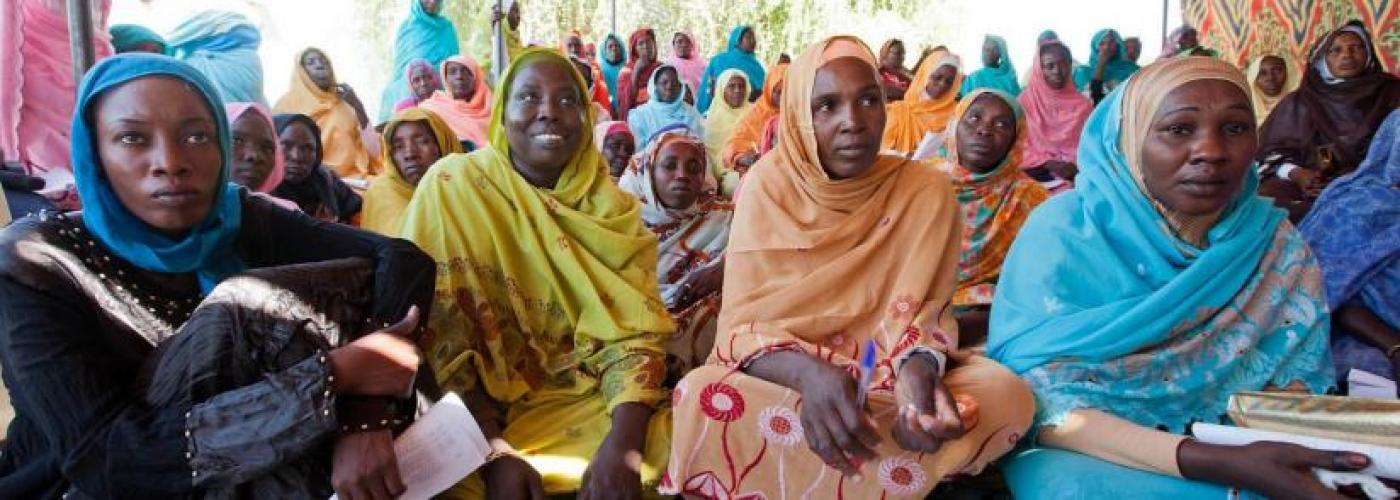Women's Economic Empowerment and Savings Groups Resources
Image

This post introduces a series of resources published by The SEEP Network in partnership with Nathan Associates and FSD Africa. This series examines the pathways between Savings Groups and women's empowerment, the evidence with respect to various outcome areas, and how women's empowerment outcomes can be enhanced and better sustained through Savings Groups. These papers were authored by Katherine Rickard and Amalia Johnsson.
Abstract: Women's Empowerment and Savings Groups: What Do We Know?
This learning brief explores why women represent approximately 80 percent of Savings Group members worldwide, and why this is important. First, the authors map existing approaches and evidence related to Savings Groups and women's empowerment. Second, the brief provides practical guidance for designing and measuring women's empowerment through Savings Groups. Women tend to have disproportionate representation in Savings Groups due to two factors: Self-selection and deliberate targeting. Empowerment outcomes are observed across all types of Savings Group programming, especially in the areas of economic independence and confidence & self-worth. In terms of measuring empowerment, change can often be incremental, understanding power dynamics and building trust is crucial, and the use of existing data is limited due to a lack of strategic interest. Key recommendations include conducting a gender analysis; build project staff capacity to identify, analyze and mitigate gender-related risks; harmonize data collection and indicators; and develop or acquire a management information system.
Abstract: Women's Empowerment and Savings Groups: Monitoring and Results Measurement Toolkit
The purpose of this toolkit is to support continuous improvement in the effective design, implementation and monitoring and evaluation of women’s empowerment outcomes through Savings Groups. It is designed to serve as a reference point for best practices, useful examples and practical tools that can be considered and adapted based on need and context. Section 1 supports technical specialists in mapping pathways between Savings Groups and women's empowerment. There are 7 empowerment domains that are relevant to Savings Groups. For each domain, specialists designing for and measuring impact should consider Agency, Structure, and Relations. Section 2 provides example indicators for each domain and guidance for adapting the indicators. Measurement systems should combine quantitative and qualitative methods to capture an accurate and holistic account of how changes in women’s lives occur within a particular context, by how much and in which direction. In section 3, the author discusses the importance of data segmentation and nuanced analysis in understanding what changes have occurred and in informing improved program design. The data collected can be mapped to show the pathways of change, which can then be compared to the Theory of Change. Section 4 provides specialists with a list of resources for design and results measurement to contextualize empowerment, develop measurement frameworks, and to use both qualitative and quantitative monitoring tools.
The full versions of each resource are available to download below.

